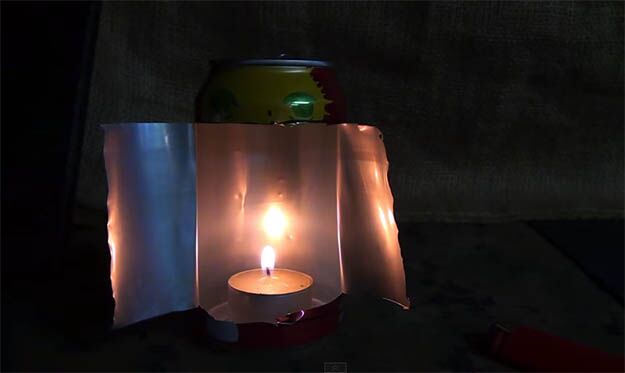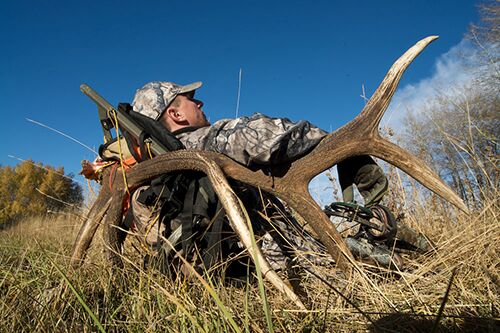Every individual needs to be able to take care of his or herself, including children. They may not be adults yet, and they may have fewer responsibilities than most of us, but they do need to learn how to survive in this cruel world, especially when outdoors. Hence, in this post, we’ll be rounding up […]
Category: Outdoor Skills | Survival
Survival Fishing: How to Catch a Fish with Your Hand
What will happen when you are near a water body and would like to catch some fish without having packed any gear? Well, there are many ways to catch fish without having any gear with you. This article will chow how to catch a fish with your hand If you have no gear and […]
How to Make 4 Amazing Survival Hacks
You might not have the ability to drive to the local market to get the things you want. This is when the survival hacks come into play. Yes, the things which you have with you can be utilized effectively. We are creating the list of amazing survival hacks to let you know. Here are 5 […]
Survival Deer Hunting Techniques
The deer hunting season is always so brief yet so intense that it calls for any deer hunter to be thoroughly prepared for it so as to take advantage of each situation that will present itself. The aim is to become a deer hunter that has all the tricks and skills that are necessary to […]
Raccoon Trapping Tips
Raccoons are common all over the United States. Although they have an adorable face and are fun to watch at times, they will cause havoc in your shed or attic and knock your garbage can on its side. They’ll even steal your bird seed and dog food, and because of rabies can pose a safety […]





